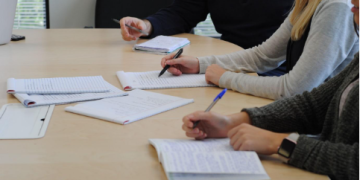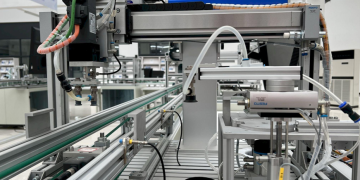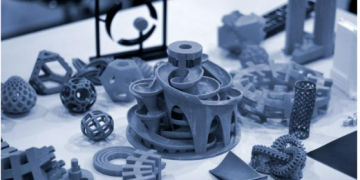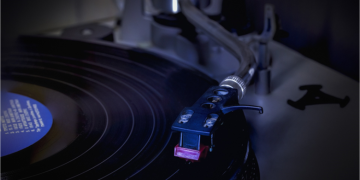Waste from residential and commercial buildings is transported to treatment facilities through a well-designed sewage infrastructure in the majority of Australia’s cities. They take care of the rubbish and either dispose of the excess in an ecologically friendly way or recycle it for future use. Residents, businesses, and regulatory agencies must adhere to a set of guidelines in order to maintain the sewage system safe and operable in order to preserve the general public’s health. What should a person do if a pipe gets blocked or breaks in their home? Would it be better for them to reline the present liner, fix it, or replace it entirely? Do you know how much a sewer pipe relining cost ? This article will answer all of your questions and offer you all the information you need.
In what way did the necessity for sewage pipe relining come about in the first place?
All of the following elements may cause damage to the pipes in your home’s sewage system: weather, heavy use, hard water, debris, the environment, and high water pressure. It is possible for both internal and external causes such as soil expansion, tree root expansion and contraction, channel erosion and corrosion, foundation cracking, calcification, and micro-earthquakes may have a negative impact on the pipes beneath which they are put. Keeping sewage pipes in excellent condition is a time-consuming and challenging task. It was customary in these situations for professionals to dig up the whole sewage system to remedy the problem. Materials technological advancements and plumbing robots, on the other hand, have provided a simple and more cost-effective alternative for sewage pipe relining to substitute pipe replacement that is both simple and cost-effective.
What is Sewer Pipe Relining, so how does it work? What are the benefits of Sewer Pipe Relining?
Pipe relining is a pipe repair procedure that is used by expert plumbers that do not need excavation. In order to get access to the pipes and the afflicted area, just a tiny entry hole has to be made. It is then inflated to a level that is flush with the pipe walls, enabling the resins to adhere to the walls of the pipe. It hardens and forms a protective coating over the injured area, acting as a firm barrier against future injury and infection.
Before the inflatable resin-covered tube for drainage grate relining can be placed into the pipe, it is necessary to clean both surfaces thoroughly. They would install closed-circuit television drain cameras to evaluate the damage and identify the best course of action. When a sewage pipe has been lined with resin, it is required to let the resin cure and set on the inside of the pipe for a period of time.
What is the most cost-effective way to reline a pipe?
The cost-effectiveness of mending broken or damaged pipes as opposed to replacing them is a strong reason in favour of relining pipes as opposed to replacing them. The use of skilled professionals to undertake pipe relining is less invasive and time-consuming than other types of repairs or replacements, and it gives a more long-term solution to the issue in comparison to other methods. In addition, relined pipes are protected by a guarantee that is far longer. This solution is effective in resolving a wide range of issues, including cracks, fence and tree root damage. Residents would not be required to destroy their homes as a result of this.
The sewer pipe relining cost is the most economical of the three alternatives, and it can be finished in a single day, making it the most convenient. Whenever sewage lines need to be dug up and rebuilt, it is not just the pipes that need to be replaced but also the surrounding ground underneath the pipes. It will need a team of specialists to demolish and reconstruct the walls of the concrete slabs completely and dig considerable trenches in order to finish the task. Additionally, the homeowners must make arrangements for the removal and disposal of the old pipes. It also serves as an outstanding preventive tool for the preservation of the historic sewer pipes. It is possible to have pipe relining done on older homes that have out-of-date pipes to prevent significant structural damage. In general, pipe relining lasts between 20 and 50 years, depending on the material utilised. The homeowners may select whether to have simply one portion of the damaged pipe repaired, a specific area repaired, or the whole sewage system repaired, and the cost is set on a per-metre basis for each section of pipe repaired.





















































